As astronomers gazed deep into the cosmos using the powerful ALMA telescope array, they were witness to a celestial event that can only be described as a galactic fireworks show. A young star, still in its cosmic infancy, launched a stream of high-speed particles — a jet that, like a cosmic pyrotechnician, triggered an awe-inspiring explosion. This explosion formed a massive bubble that, in an unexpected boomerang effect, has begun to slam back into the star system that birthed it. This is not merely a light show in the universe, but a groundbreaking glimpse into the dynamic processes that shape stars and worlds.
iN SUMMARY
- 🌌 Astounding cosmic feedback loop caught using ALMA data reveals star system self-affecting dynamics.
- 💫 Young star's jet explosion forms a massive space bubble now impacting its origin.
- 🔭 Insights gained could reshape our understanding of star and planet formation.
- 🌟 Nature continues to surprise and captivate with its cosmic spectacles.
The universe is full of surprises, as evidenced by this unusual event occurring some astronomical eons away. According to ScienceDaily, researchers have gathered data from the ALMA (Atacama Large Millimeter/submillimeter Array) that captures this breathtaking phenomenon for the first time, offering new insights into the processes that govern star formation.
A Young Star's Explosive Journey
The protagonist in this story is a young star, still swathed in the dust and gas of its stellar nursery. These cosmic cradles are notoriously dynamic, with the birthing process of a star being anything but peaceful. As the star forms, high-energy jets—streams of charged particles—are ejected into surrounding space at incredible speeds. In this particular instance, what followed was a spectacular explosive reaction, creating a space bubble visible despite the staggering distance separating it from our vantage here on Earth.
Understanding the Jet Phenomena
Jets are a common stage in young stellar objects. These dramatic features occur as infalling material from the star’s surrounding disc is funneled along magnetic lines, accelerating to contribute to the stellar fireworks. When these jets collide with surrounding gas and dust, they unleash energy powerful enough to trigger explosions, creating new structures and phenomena in space.
The Boomerang Effect: Star Meets Its Own Creation
In a plot twist worthy of a cosmic novel, the bubble formed by this explosive reaction hasn’t merely expanded and dissipated. Instead, parts of it are recoiling back towards the star, demonstrating a kind of stellar self-interaction previously undocumented. This feedback loop could influence the future evolution of the star, affecting how it accretes material and potentially altering the formation of planets in its orbit.
How ALMA Made the Discovery
The ALMA array, located in Chile’s Atacama Desert, is a state-of-the-art observatory capable of examining the universe’s coldest and most hidden secrets with unprecedented clarity. By sifting through millimeter and submillimeter wavelengths of light, ALMA delivers insights into the early universe and the evolution of galaxies, stars, and planets.
Implications for Star and Planet Formation
This cosmic event adds a new dimension to our understanding of star and planet formation. While explosions and feedback environments may seem destructive, they play a vital role in sculpting the universe. These interactions distribute raw materials and influence the dynamics of star systems and potentially the conditions for planet formation.
What This Means for Our Understanding
- Feedback loops could be more common than previously thought, affecting young stars' growth and planetary system evolution.
- Studying these events helps refine models of star-forming regions, improving predictions and understanding of celestial dynamics.
- Future observations could uncover similar phenomena, adding depth to our knowledge of how stars and planets coalesce from cosmic chaos.
Viewing the Cosmic Show: The Role of Observatories Around the World
Reading about these phenomena is one thing, but seeing them in action can only happen through the marriage of advanced technology and human inquiry. Facilities like ALMA, alongside space-based telescopes, allow us to peer into the universe with clarity that past generations could only dream of. For those interested in staying updated on developments related to this discovery and others, you might find it intriguing to explore the latest news from observatories globally through portals like iNthacity.
Join the Cosmos: A Call to Curiosity
This stellar feedback loop reminds us of the universe’s awe-inspiring complexity and beauty. It beckons us to look upwards and ponder the wonders of our cosmic surroundings. Wouldn't you love to be a part of discovering these celestial phenomena? What's your take on the interplay between stars and their environments? Share your thoughts and join discussions on platforms like iNthacity: the "Shining City on the Web" where curiosity knows no bounds.
As astronomer Edwin Hubble once said, "Equipped with his five senses, man explores the universe around him and calls the adventure Science." With each new discovery, we find ourselves living the dream of scientists past, helping to decode the mysteries of existence. Who knows what wonders await as we expand our horizons beyond the skies?
Disclaimer: This article may contain affiliate links. If you click on these links and make a purchase, we may receive a commission at no additional cost to you. Our recommendations and reviews are always independent and objective, aiming to provide you with the best information and resources.
Get Exclusive Stories, Photos, Art & Offers - Subscribe Today!
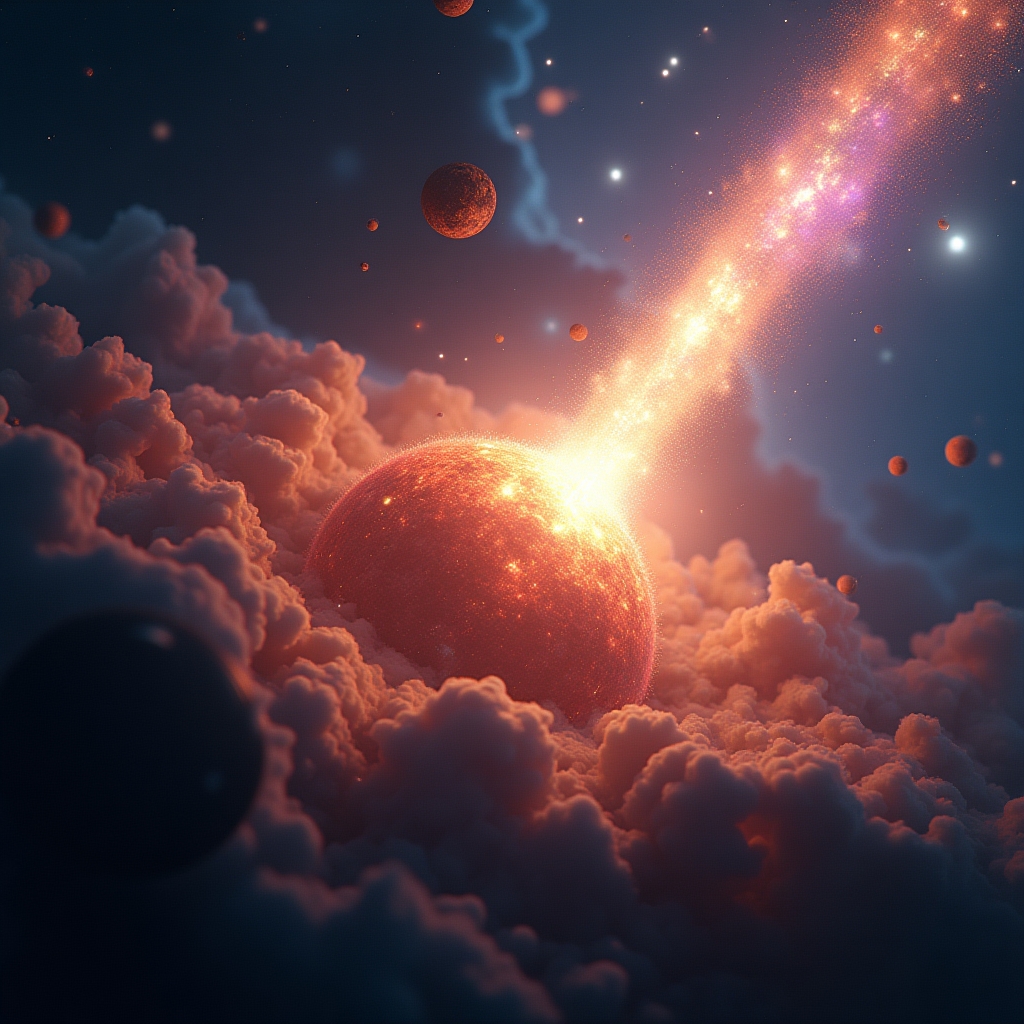
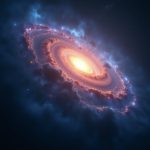




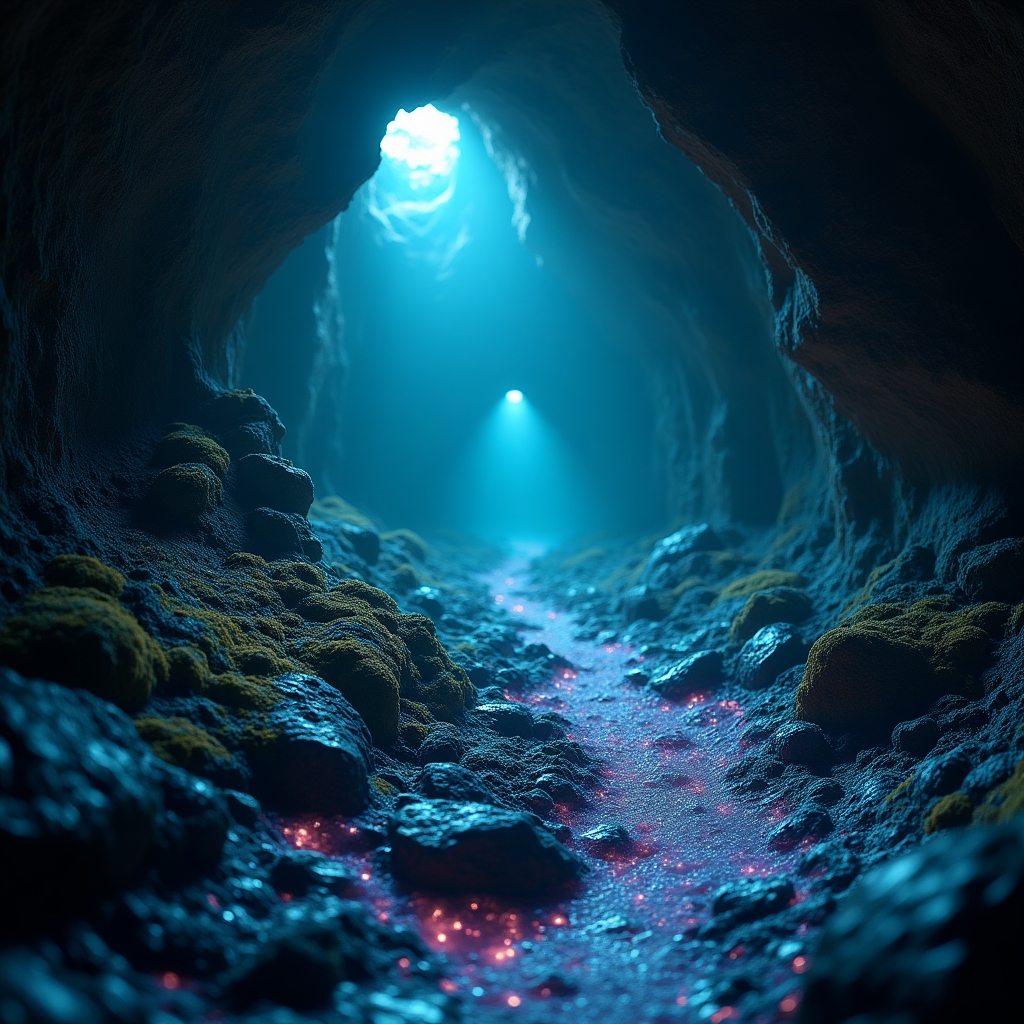
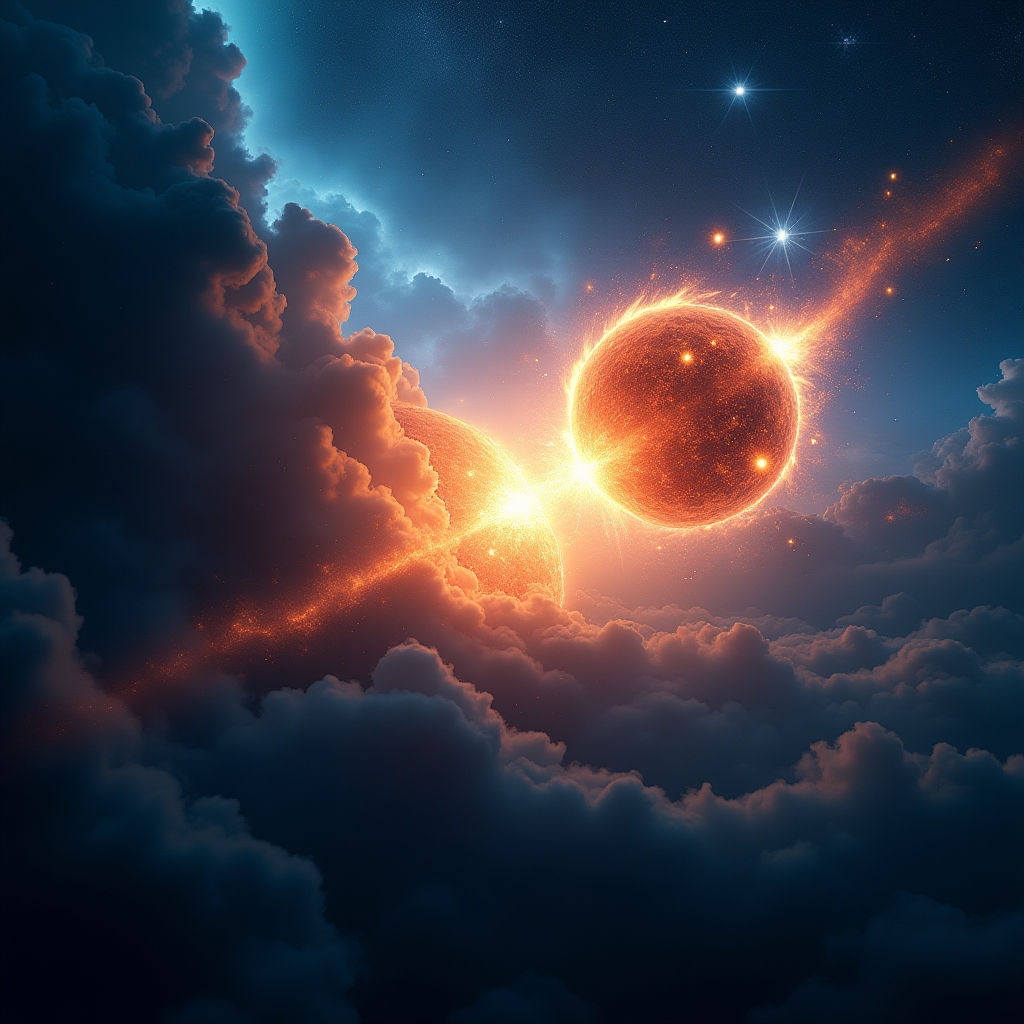
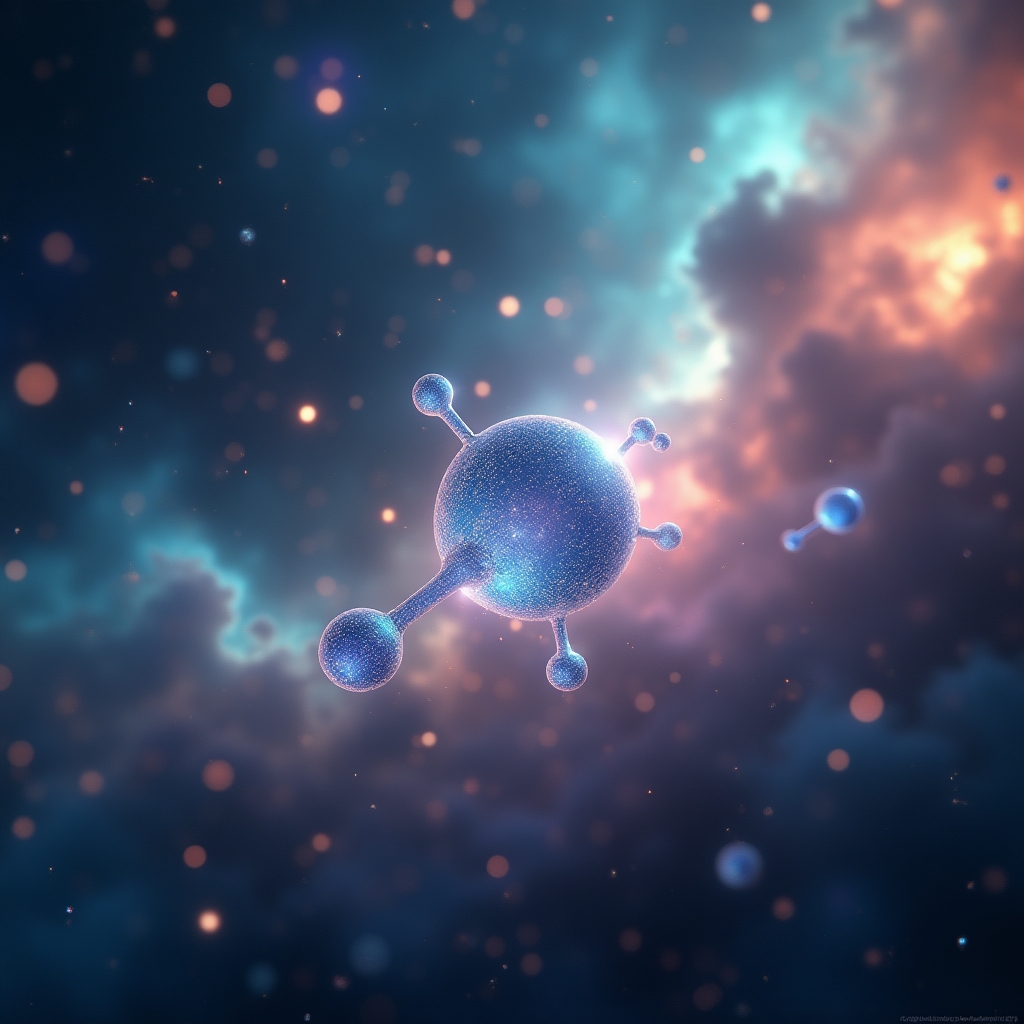















Post Comment
You must be logged in to post a comment.